Scrap Wood Christmas Tree using RIT Dye
Holiday decorating is in full swing in my house. We bought our tree today and Pretty Handsome Guy and the boys decorated it today while I worked on the cute little scrap wood Christmas tree above.
When I saw the scrap wood DIY Christmas Tree made by Creative Chaos, I fell in love and knew I had to make one too.
Having an ever growing scrap wood pile also helped convince me to make it.
I decided to try dyeing the wood scraps! You read that correctly, dye the wood. Did you know that you can use RIT dye to color more than just fabric?! Check out the RIT Dye website to learn more about all the techniques and materials you can dye. You will be amazed! Plus, RIT created a RIT Formula Guide that will give you 500 formulas to mix your own custom colors!
 Seriously, that is an amazing array of colors!
Seriously, that is an amazing array of colors!
Building the scrap wood tree is a super easy project that doesn’t take much skill. There is a fair amount of waiting time (waiting for the wood to soak up the dye and waiting for concrete to harden) but I’m sure you can find something more productive to do than watching cement dry.
Materials:
(I’ve included affiliate links for your convenience. I earn a small percentage from a purchase using these links. There is no additional cost to you. You can read more about affiliate links here.)
- Wood scraps
- Saw
- RIT Dye: Teal, Dark Green, Apple Green
- Plastic sheet or shower curtain
- Rubber gloves
- Salt or vinegar
- Measuring cup
- Mixing stick
- Hot water
- 3 – 5 gallon buckets
- Minwax Early American
- Paper towels
- Box of stepping stones mix or cement
- Round plastic container for base
- Level
- Brad nails
- Hammer
- Clamps
- Sheet metal
- Tin snips
- Scissors
- 3/4 yd. red fabric
- Ribbon
- Christmas lights
Cut your wood scraps to create a triangular form when stacked on top of one another. Cut one long strip to use as the tree trunk.
Dyeing the Wood:
Lay out three 5 gallon buckets (or mix the colors one at a time and use the same bucket.) Set out the dye colors (dark green, apple green & teal) and salt or vinegar onto a plastic sheet. RIT Dye works best when mixed with hot water. Our water heater is set on a safe hot temperature so as not to burn our boys’ hands. Therefore, I decided to add a little bit of boiling water to my mixture to increase the temperature.
Follow the directions on the RIT container. I added 1/2 bottle of RIT Dye to 3 gallons of water (1/2 gallon of which was the boiling water.) Then mix in 1 cup of vinegar (or salt) in each bucket. (I tried both and didn’t notice any major differences between using salt or vinegar, so you can use either for dyeing wood.)
Put on rubber gloves. Stir until the dye is well mixed.
Split up your wood and dip each into the desired color. Because the wood will float, you may need to clamp a piece of wood to hold your larger scraps below the liquid. Then flip the wood to dye both ends of the scrap. The smaller pieces can be floated right side down for color absorption on the side you’ll see.
After 30 minutes remove the wood and let it dry. (Look at that scrumptious color! And the cool thing is that the grain still shows through.)
While you are waiting for the dye to dry. Stain the tree trunk strip by dipping a paper towel into Minwax Early American stain and rubbing it on the wood. Alternatively, you could stain the trunk with RIT Dye in a brown color.
*A note about pre-painted or sealed scraps. The wood needs to be unpainted, unsealed, or unstained in order to accept the RIT dye color. I tried dyeing these two strips and obviously it didn’t work too well.
No worries though, I mixed up some green acrylic paint and some water and then painted them separately.
Building the Tree:
Position the scraps in the desired location on the trunk.
Gently hammer the scraps to the trunk strip with brad nails. Make sure the nails will go through the scrap and about halfway through the trunk.
Making the Cement Base:
*If you want to stake your tree in the ground, feel free to skip this step.
Wash out the plastic container. Fill the container with cement mixture from the stepping stones kit. Follow the directions on the package. (I ended up using only half the kit, so I halved the directions.) Slowly add water and stir the cement mixture until it is thick and heavy, but not crumbly.
When you have the right consistency, gently bang the container on the ground to get some of the air bubbles out and to level the top. Slide the tree trunk stake into the cement.
Level the tree from side to side and front to back. Then secure the tree with clamps (or other props) while it dries overnight.
In the morning, squeeze the sides of the container to release the cement base. Remove the container and brush off any cement crumbs from the base.
Cut a piece of fabric in a circle large enough to cover the base.
Gather the fabric up and tie it with a ribbon to secure it in place.
Adding the Star:
Trace a star shape onto a scrap of sheet metal (duct material) or a metal can. Cut out the shape using tin snips. Wear gloves to protect your hands from the sharp edges.
Position the star so it overlaps the top piece of scrap wood on the tree. Hammer two brad nails through the star and into the wood.
Decorate your tree with some holiday lights. (I found a set of battery powered LED lights at Target. They aren’t as bright, but it eliminates having to plug in a light cord and having a tripping hazard.)
I like the variety in color I got from using the three different colors of RIT dye. I am really loving my little table top tree. He kind of reminds me of a Charlie Brown Christmas tree, but I’m not sure why.
I have to tell you that I was so excited when I saw the color of the Teal RIT Dye, that I couldn’t resist throwing some old scarves into the bucket with the wood.
I had two scarves, one was light green and the other light blue. The green one never accepted the dye even after an hour of soaking. Obviously, the scarf was made of polyester, which will not accept dye. The light blue one came out beautifully. I attempted to recreate an ombré technique as described on the RIT Dye website, but didn’t read the directions until after the scarf had been sitting still in the dye for about 10 minutes. This gave me a sharp dye line, but it isn’t really noticeable when wearing it. Next time I’ll know to keep dipping and moving the fabric.
This forgotten scarf has now been relegated to my wear almost everyday scarves!
Disclosure: This post has been sponsored by RIT Dye. I was sent several bottles of RIT Dye and paid a small fee in return for writing a post about my experience using their product. The ideas and opinions are strictly my own. I will never let any compensation (monetary or free product) keep me from giving you (the reader) a straight up and honest review.
Pin for later!
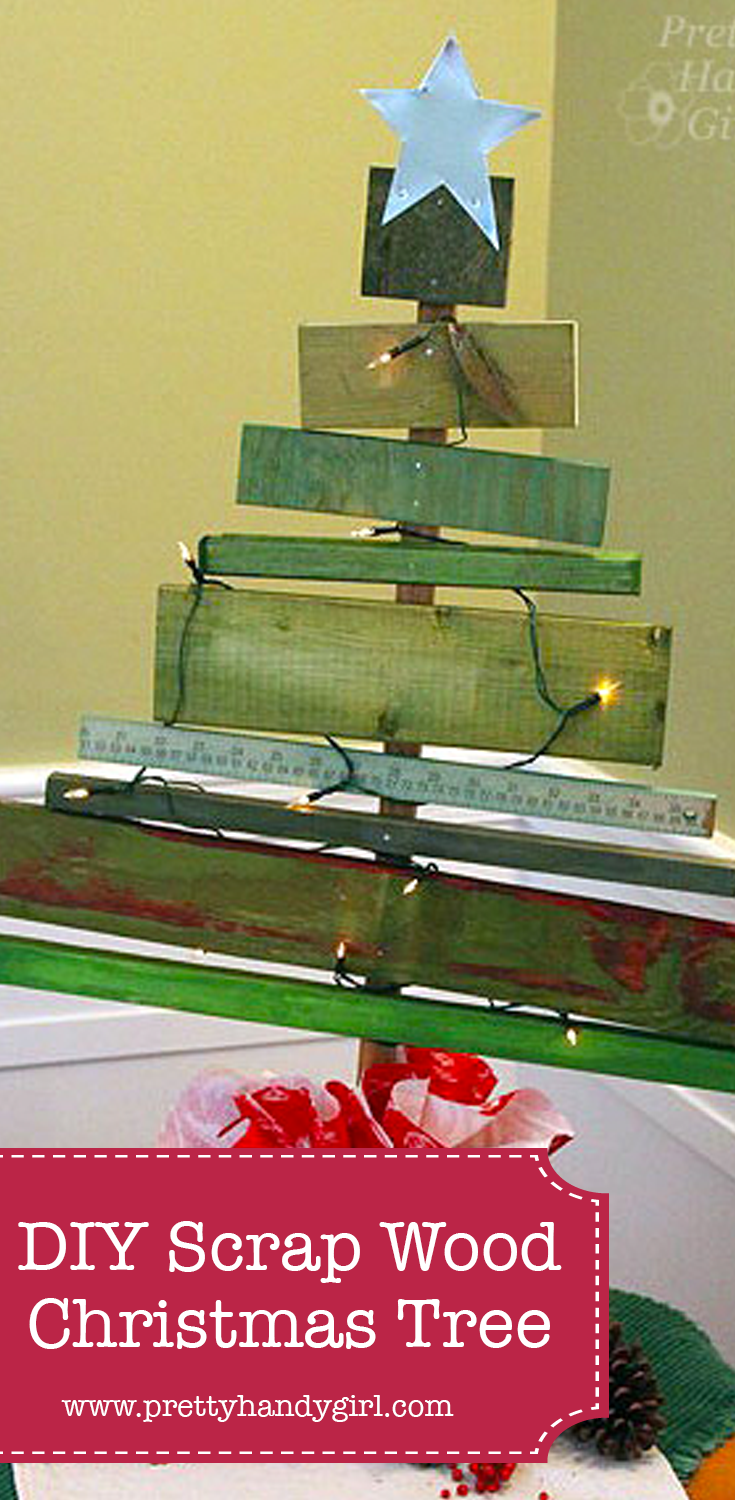

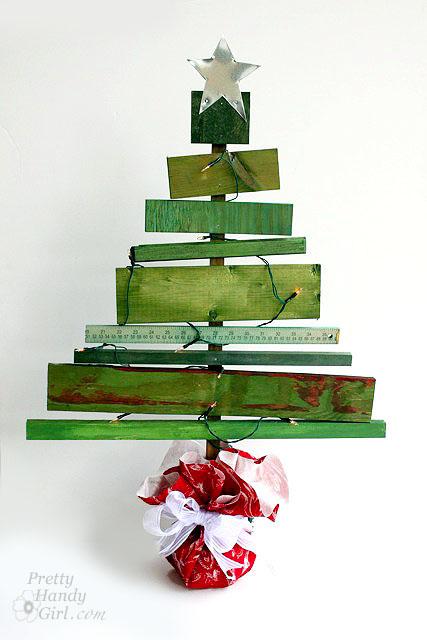

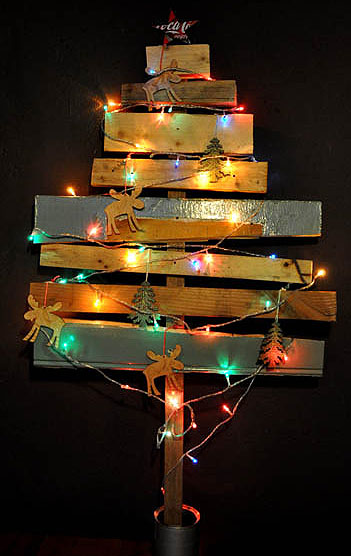
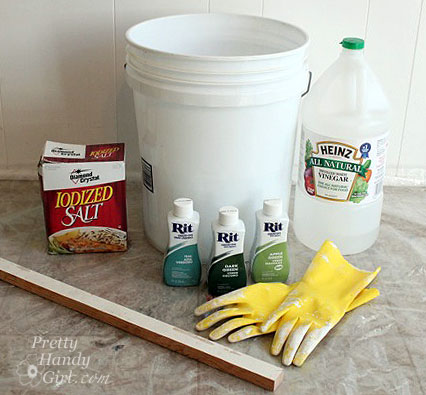

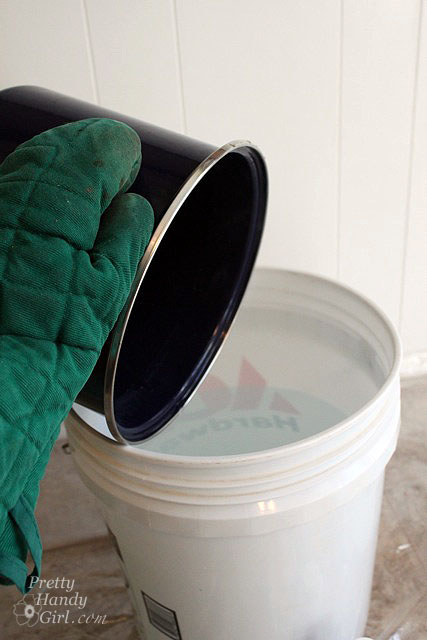
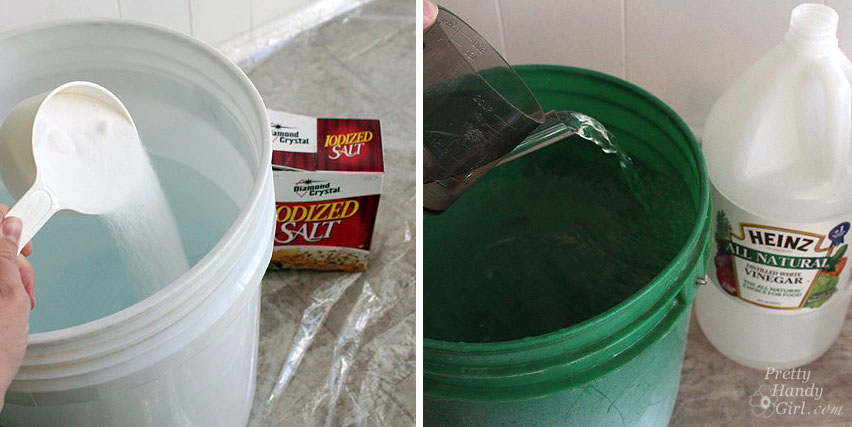
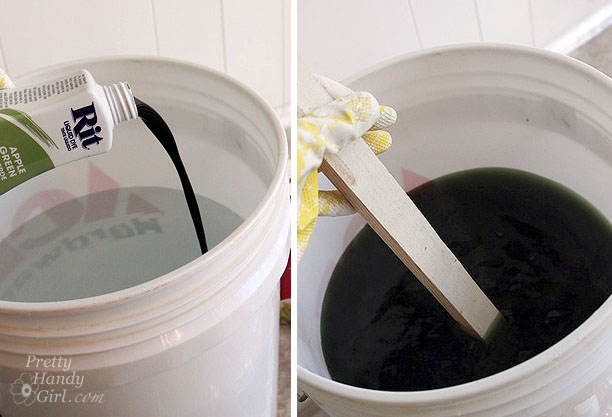
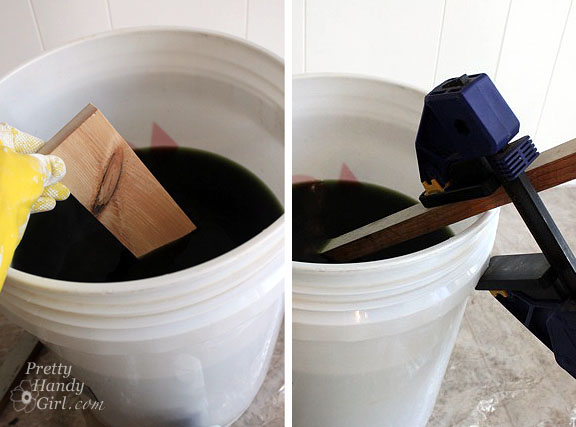


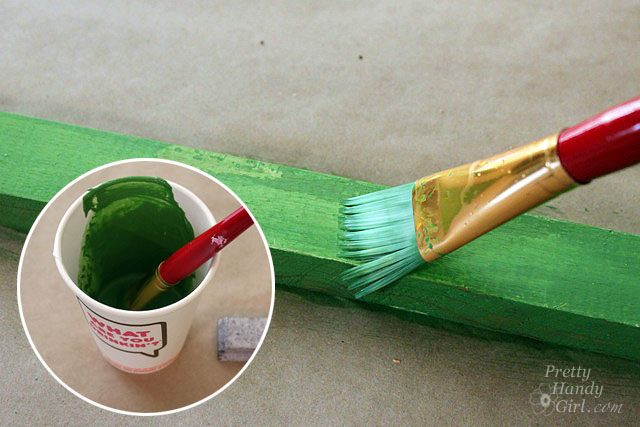
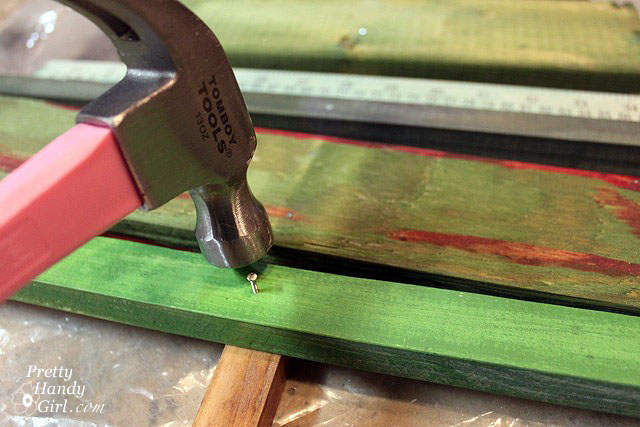
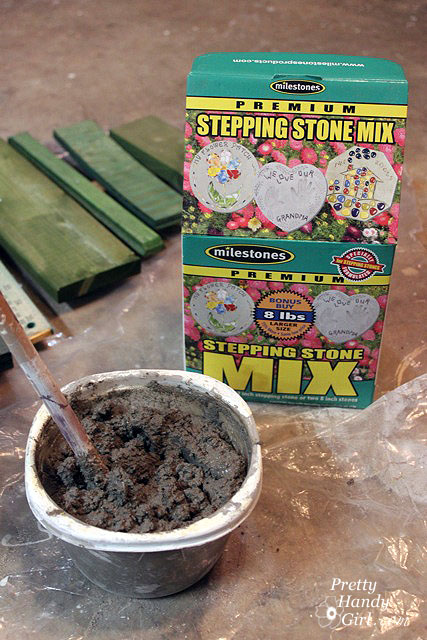

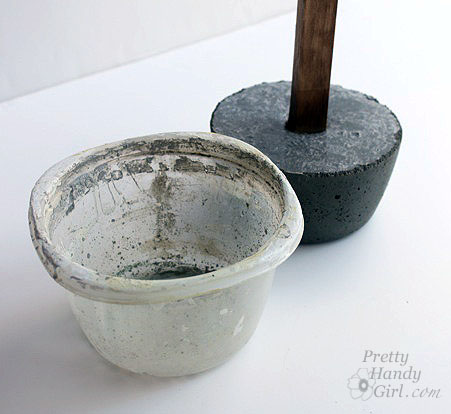
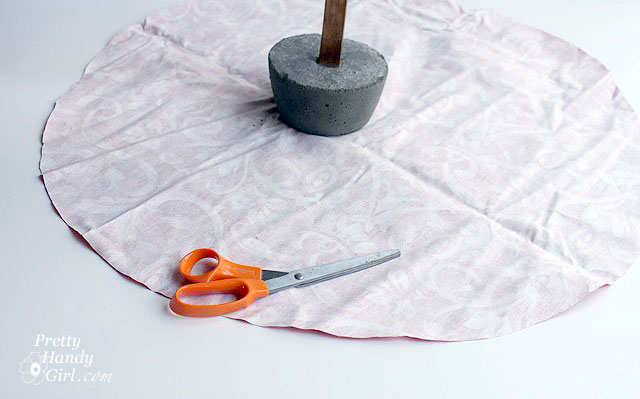
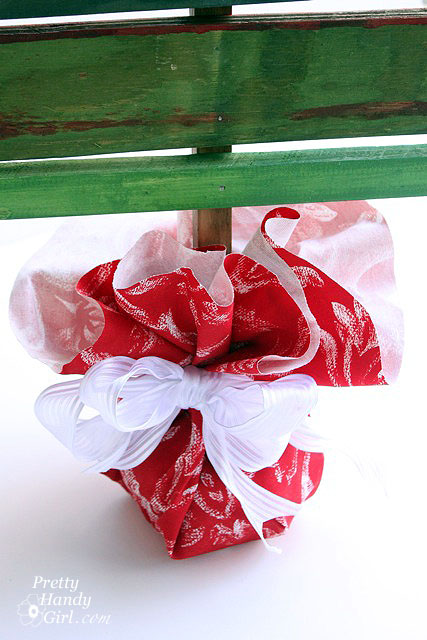
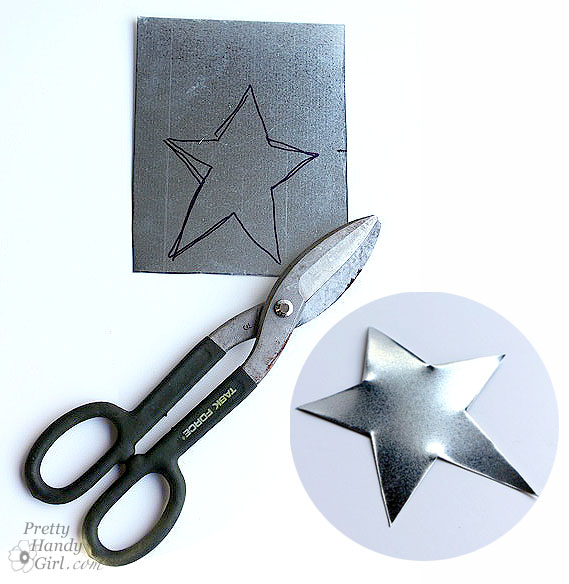
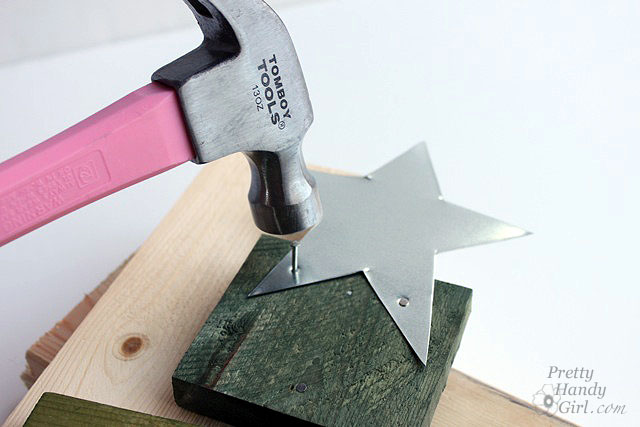
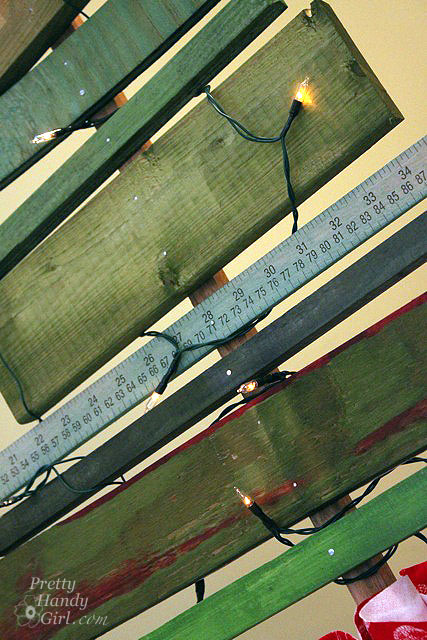
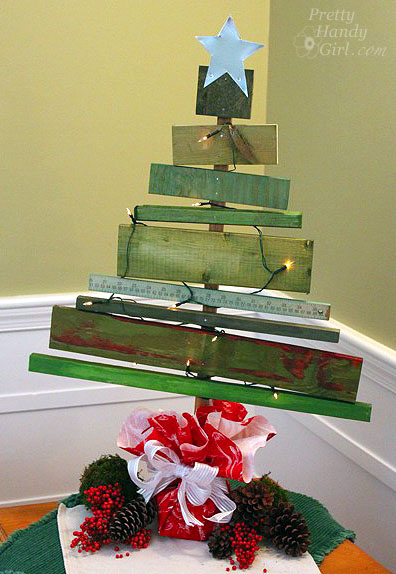
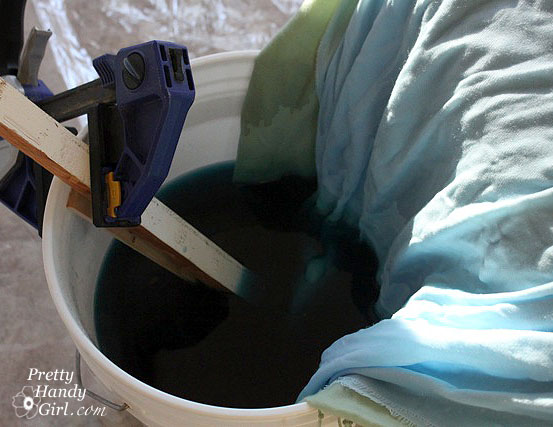
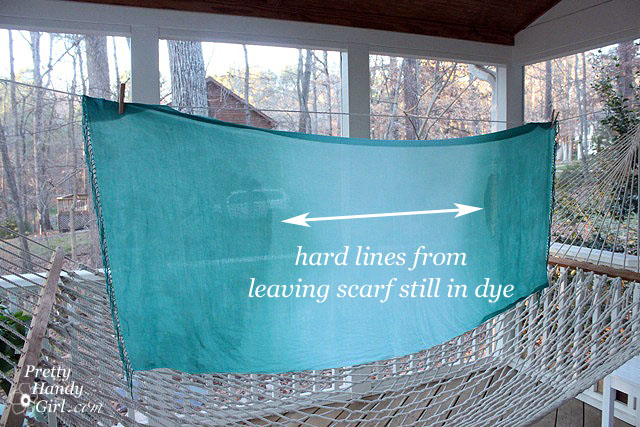


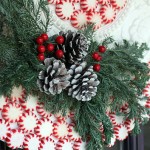
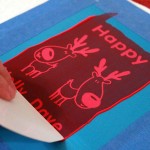
Always have loved the cherry red!
I love the wreaths, esp the one of cork!!! Good projects on there site!!!
Love your tree I would dye some fabric!! Then can make anything!!!
Love your new pic! So pretty!
I’d love to try RIT dye. Aquamarine is pulling my eye. I’d try fabric, wood, just about anything – just for fun!
Hi Brittany-
I like yours so much better than your inspiration photo. It is so cute, colorful and perfect for you. Love your new photo, too.
My best- Diane
I like the apple and kelly green and would love to try making your wood tree. It looks fun and like a beautiful piece of folk art.
I love this tutorial. It’s such a cute little Christmas tree. I would love for you to share on my linky at http://eyehearttoday.blogspot.com/2011/12/last-weeks-linky-party-was-success-and.html
I’m now following.
Great minds think alike!!! Hahahahaha! 🙂
http://kojodesigns.blogspot.com/2011/12/rit-dye-my-newest-bff.html
What a cool cool, yule yule idea!
I’m exicted to see that RIT can be used as a wood die. I’m about to strip my dining room table and was hoping to stain it in some cool colors. RIT! So many colors!
I wanna win! 🙂
I liked the Rit page on Facebook.
I know this suggestion doesn’t count towards the contest, but I had to add one of the best uses I know of for Rit. If you have light colored towels that you have gotten tired of, you can dye them and wind up with what looks like a new set. I had some light yellow bath towels and facecloths that I’d had forever, and some white kitchen hand towels. I dyed them with cocoa brown. I do wash them separately from other laundry for several washings. I imagine this might work for sheets as well, or you could color coordinate sheets and pillow cases.
Oh that is a great idea! Thanks for sharing.
The Rit Dye Blog Eco-Laurel Leaf Wreath Made From Recycled Newspapers project gave me an idea. Years ago my family would cut construction paper into strips and glue them into interlocking circles to make garlands for the Christmas tree. By dyeing strips of newspaper with the Rit Dye left over from one of my projects like dyeing tops, I can dye newspaper instead and do this for only the tiny cost of the glue.
I already use Rit liquid dye to dye the To Dye For tops I buy from sweatshirtsusa.com (made in the US) and which I live in. I buy the safari (very light beige) or white tops and dye them cocoa brown or dark brown. I am about to experiment with dyeing some cranberry using a recipe for Rit I found on the web, using part scarlet and part wine Rit dyes.
This Christmas I am asking my friends and family to not buy a lot and to try to buy made in the US to help save jobs and reduce pollution.
How cool is that! I love your tree, you obviously have more patience then i do :-). The die looks so pretty and I really like the ruler you used.
Thanks for featuring my tree and have a wonderful day!
Dye WOOD –really !!!! Cant wait to see what all else you (and I) can dye !! Loving it !!